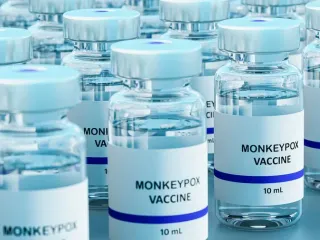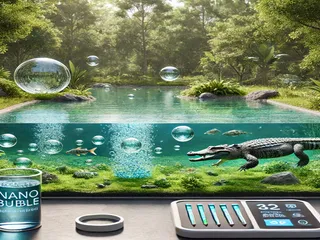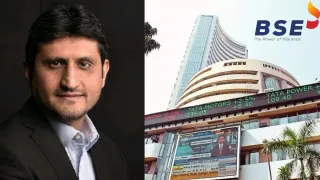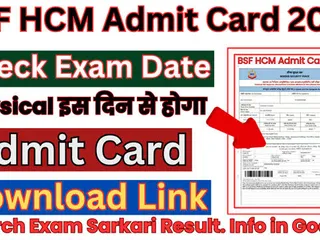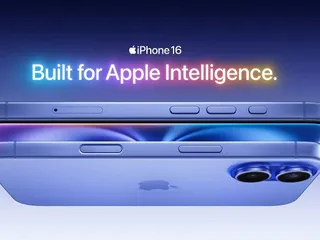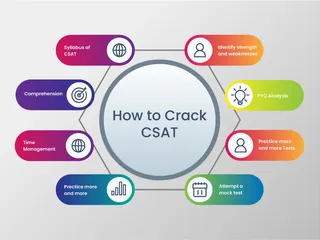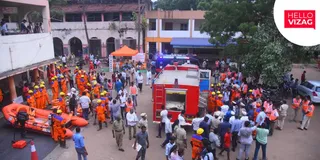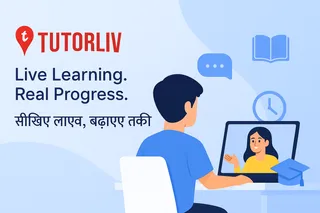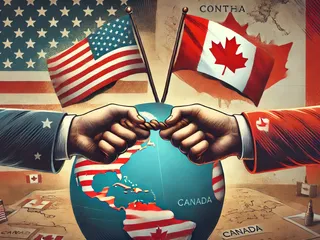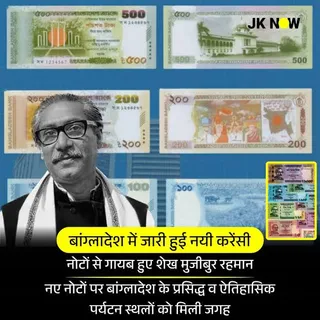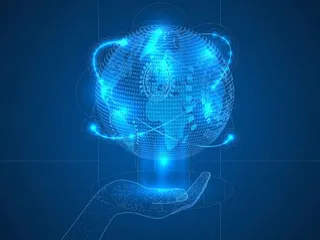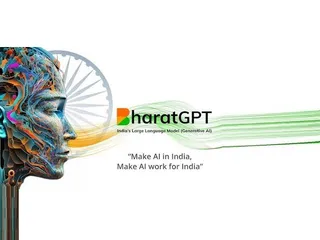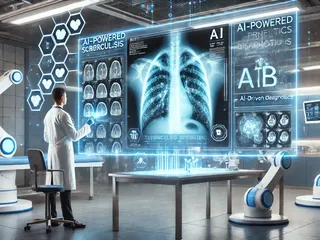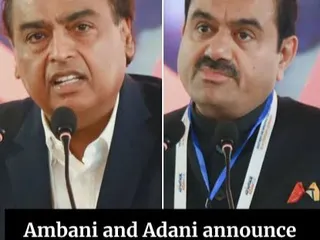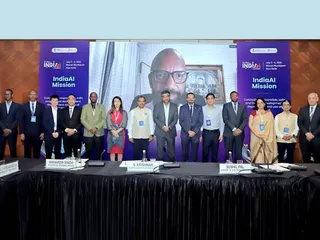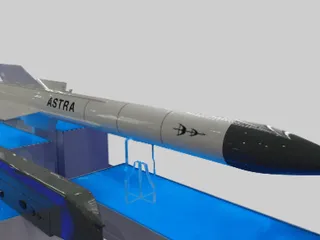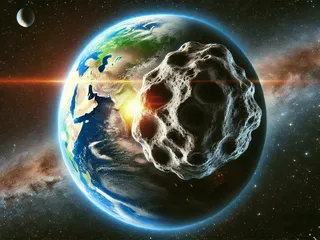Contaminant removal is crucial for protecting human health and the environment. Efficient methods are essential for minimizing costs and maximizing effectiveness. This page explores various techniques used for removing contaminants from water, air, and soil.
Water Purification Technologies
Efficient water purification often involves a combination of techniques, tailored to the specific contaminants present. Common methods include:
- Filtration: Removes suspended solids and larger particles through various filter media (sand, gravel, activated carbon).
- Reverse Osmosis (RO): Uses pressure to force water through a semipermeable membrane, removing dissolved salts and other impurities.
- Ultrafiltration (UF): Removes larger molecules and particles, often used in conjunction with other processes.
- Disinfection: Kills or inactivates harmful microorganisms using chlorine, UV radiation, or ozone.
- Advanced Oxidation Processes (AOPs): Uses strong oxidants (e.g., ozone, hydrogen peroxide) to degrade persistent organic pollutants.
Air Pollution Control
Controlling air pollution requires targeted strategies depending on the pollutants emitted. Effective techniques include:
- Scrubbers: Remove particulate matter and gaseous pollutants through absorption or chemical reaction.
- Electrostatic precipitators: Use electrostatic charges to remove particulate matter from flue gases.
- Fabric filters (baghouses): Filter particulate matter using fabric bags.
- Catalytic converters: Convert harmful gases (e.g., NOx, CO) into less harmful substances.
Soil Remediation
Cleaning contaminated soil often involves:
- Bioremediation: Uses microorganisms to break down organic contaminants.
- Phytoremediation: Uses plants to absorb or degrade contaminants.
- Excavation and disposal: Removing and disposing of contaminated soil in a safe and regulated manner.
- Soil washing: Removes contaminants by washing the soil with water or chemical solutions.
Note: The optimal contaminant removal method depends heavily on the specific contaminant, its concentration, the volume of the contaminated medium (water, air, or soil), and regulatory requirements. Consulting with environmental engineers or specialists is crucial for designing and implementing effective remediation strategies.
For more information on specific contaminant removal technologies and regulations, please refer to resources such as the Environmental Protection Agency (EPA) website.







